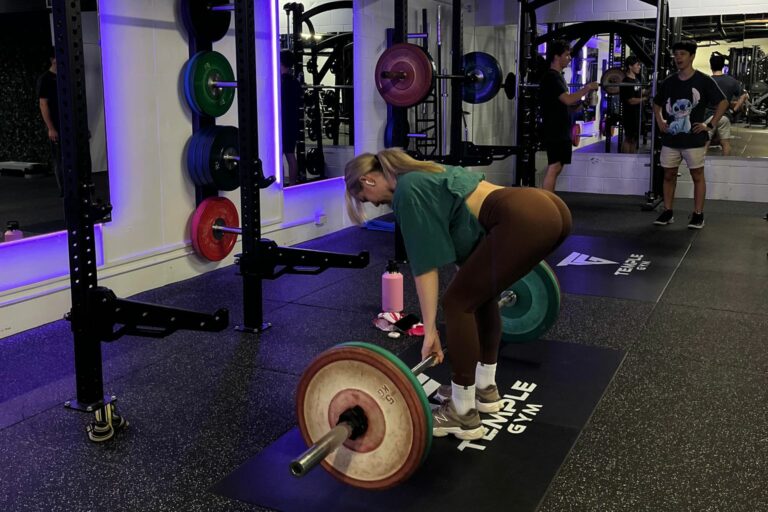“The Daily Undulating Model.”
As discussed in Part 2, The Linear Model, the most commonly used periodization model holds traits of simplicity and ease of following. As there are many types of models on the market that you can read up on, you’ll be overwhelmed with the copious amount of information that the internet holds about these models. Luckily, in Part 3, you’ll be treated to a ‘as simple as possible’ explanation of the next model in our syllabus:
The Daily Undulating Model
The layout is in the name- the variables of volume and intensity change or undulate on a daily basis, depending on what you are targeting. Still divided into Mesocycle blocks of x amount of weeks (for argument sake 4 weeks) each day that you train a certain block (again, for argument sake, LEG DAY), you would change the variables. See example below:
Leg day
2 x weekly sessions
Week 1:
| DAY 1 | DAY 2 |
| Hypertrophy | General Strength |
| 8-12 repetitions | 4-6 repetitions |
| 65-70% 1RM | 80-85% 1RM |
| Compounds and accessories | Compounds |
Week 2:
| DAY 1 | DAY 2 |
| Active Recovery | Hypertrophy |
| 12-15 repetitions | 8-12 repetitions |
| 50-60% 1RM | 65-70% 1RM |
| Compounds, accessories, unilateral | Compounds and accessories |
Week 3:
| DAY 1 | DAY 2 |
| General Strength | Testing Day |
| 4-6 repetitions | 1 Rep |
| 80-85% 1RM | 1 RM test |
| Compounds | Compounds |
As you can see on the tables, the variables (intensity and volume) constantly change on a day-to-day basis. Remember, when VOLUME (repetitions) increase, INTENSITY (weight) decreases, and vice versa. This is a good way to add another mode of variation to your training and keep the muscles and neurological system guessing and stressed (good stress, though). This also allows your muscles to ‘retain’ the training stimulus and ‘gains’ from their previous session while improving the goals of the next.








